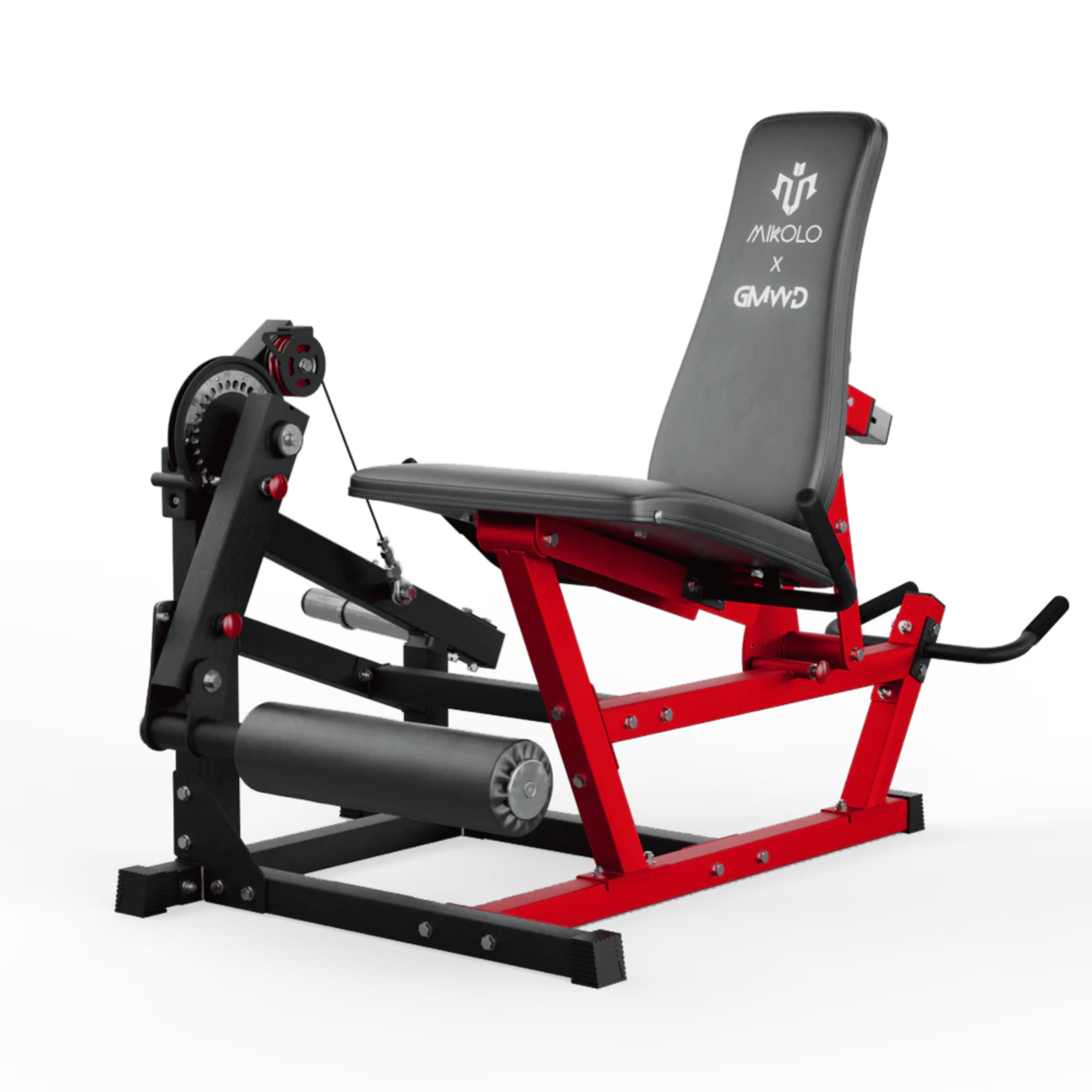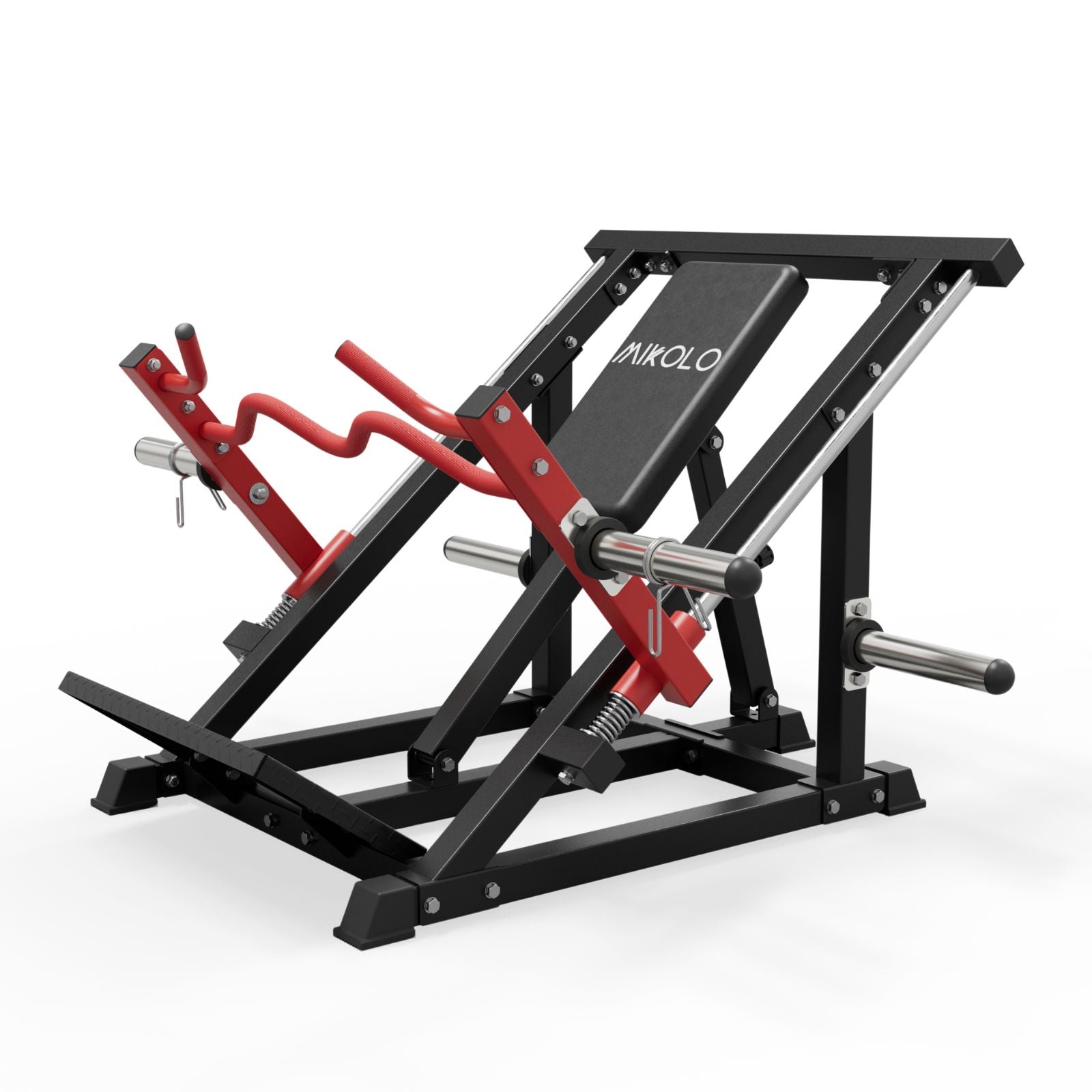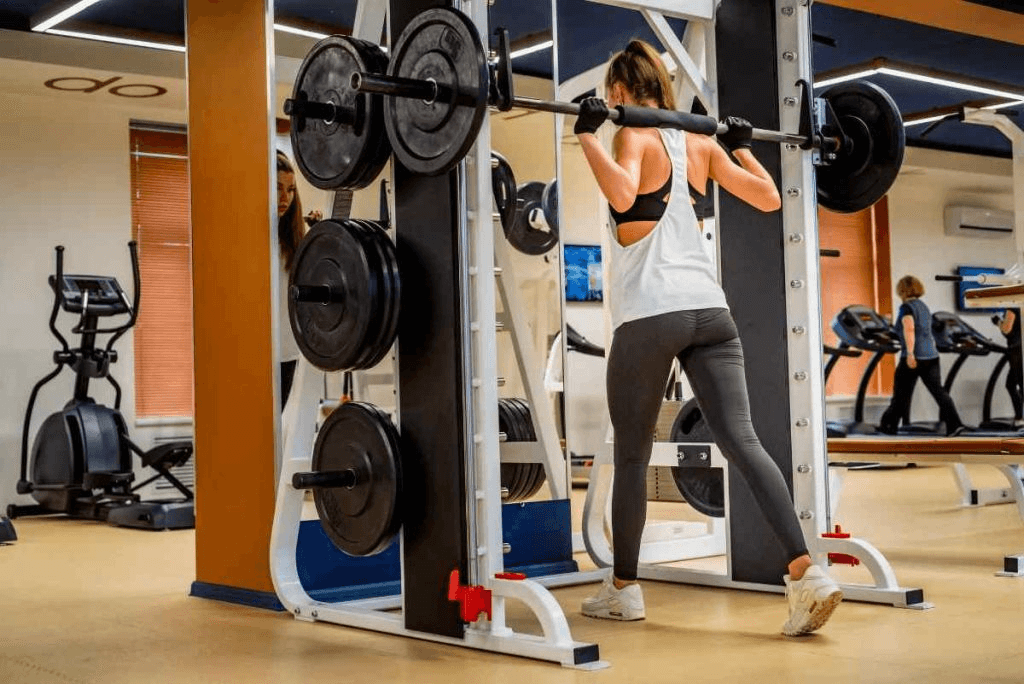When planning a full body workout, the order in which you perform exercises plays a major role in your overall performance, safety, and results. Whether you're a beginner or experienced lifter, understanding how to structure your session can help you train more efficiently, recover faster, and progress steadily.
Why Exercise Order Matters in a Full Body Workout
A full body workout targets multiple muscle groups in a single session—legs, back, chest, shoulders, arms, and core. Because you're engaging large and small muscles across the body, doing exercises in the wrong order can lead to early fatigue, poor form, or increased injury risk. Structuring your workout with intention ensures that your biggest lifts get your best effort and your stabilizing muscles stay fresh enough to support proper movement mechanics.
Recommended Full Body Workout Exercise Order
Here's a proven sequence most professionals recommend when doing a full body workout:
1. Power & Explosive Movements (if applicable)
-
Examples: Cleans, snatches, jump squats, kettlebell swings
-
Why first: These require the most focus, energy, and neuromuscular coordination.
2. Compound Lifts Involving Large Muscle Groups
-
Examples: Squats, deadlifts, bench presses, pull-ups, rows, overhead presses
-
Why second: Compound exercises tax multiple joints and muscles. Doing them early allows you to lift heavier with better form, leading to greater strength gains and metabolic output.
3. Accessory or Isolation Work
-
Examples: Bicep curls, tricep extensions, leg curls, lateral raises
-
Why next: These refine and strengthen individual muscles, support balance, and prevent injury, but don’t require the same level of intensity or energy.
4. Core Training
-
Examples: Planks, Russian twists, hanging leg raises
-
Why now: Core strength supports every other movement, but doing core work earlier could fatigue stabilizers too soon, negatively affecting your form during big lifts.
5. Conditioning or Finisher (Optional)
-
Examples: Sled pushes, battle ropes, burpee circuits
-
Why last: Finishing with cardio or conditioning is optional but useful if fat loss or endurance is a goal. It also allows you to give your all without compromising strength work.
What If You're Short on Time?
If you’re pressed for time, prioritize your workout by:
-
Choosing 2–3 compound lifts
-
Adding 1–2 accessory movements
-
Skipping conditioning or core on some days and rotating it in on others
A Sample Full Body Workout in the Right Order
-
Barbell Back Squat – 4 sets of 5 reps
-
Pull-Ups or Lat Pulldowns – 3 sets of 8 reps
-
Dumbbell Bench Press – 3 sets of 8 reps
-
Seated Leg Curl – 3 sets of 10 reps
-
Cable Lateral Raise – 2 sets of 12 reps
-
Plank to Push-Up – 3 rounds of 30 seconds
-
Rower or Assault Bike Sprints – 5 intervals of 30 seconds on, 60 seconds off
Final Tips
-
Always warm up before jumping into your workout. Start with dynamic stretches and mobility drills.
-
Adjust the number of exercises based on your fitness level and recovery capacity.
-
Progressive overload—gradually increasing resistance or reps—is more effective when your workout is consistently well-ordered.
By following a thoughtful full body workout order, you not only improve your strength and aesthetics, but also protect your joints and optimize long-term performance. Whether training at home or in a gym, smart sequencing is a foundational skill that pays off with every rep.











































Leave a comment
This site is protected by hCaptcha and the hCaptcha Privacy Policy and Terms of Service apply.